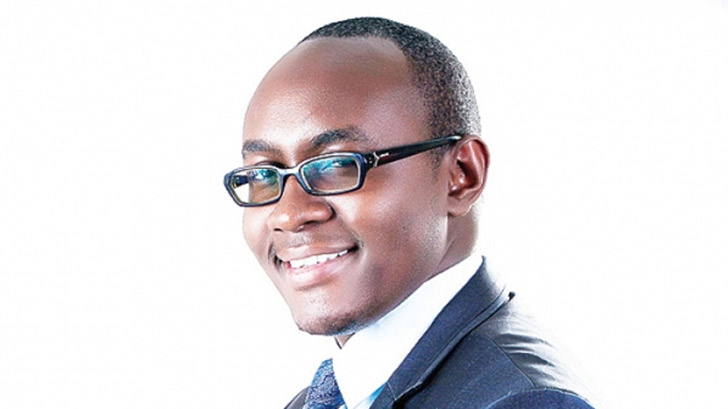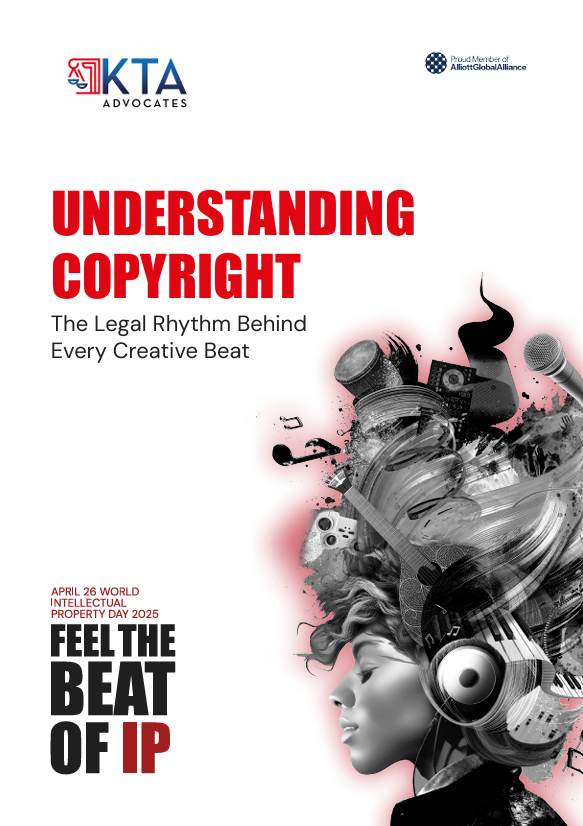“The Google and Facebook algorithms not only know exactly how you feel, they also know myriad other things about you that you hardly suspect. Consequently you should stop listening to your feelings and start listening to these external algorithms instead. Whereas humanism commanded: ‘Listen to your feelings!’ Dataism now commands: ‘Listen to the algorithms! They know how you feel.’ When”
― Yuval Noah Harari, Sapiens: A Brief History of Humankind
The proliferation of the internet has ushered in an age where we are all dependent on technology to think for us and carry out even the minutest of tasks. While the internet has in most cases brought about a number of challenges, therein also lies a myriad of opportunity.
Confronting these challenges requires political will as well as a new approach to utilize the internet and innovative technology not only for profit making and social connection, but for the good of the human race. The link between the internet and the devices that simplify our lives is one such connection that is now being explored to spur human and social development world over.
This interoperability is what is now referred to as the Internet of Things (IoT). IoT is the use of Intelligently connected devices and systems to harness data. This data is gathered by non-intrusive sensors and actuators in machines and other objects which, when connected to the Internet via Wi-Fi, Bluetooth and other networks aggregates data that can be used to improve all facets of life.
The Internet of Things (IoT) essentially brings together advanced software with sensors and other end-devices on a communications network and if used the right way, can lead to a better & transformed Uganda, Africa & the world. In fact, along with advanced data analytics, IoT-enabled devices and sensors are being used to do things such as diagnose communicable & non-communicable diseases, reduce air pollution, improve crop yield and in large cities, even eliminate traffic jam.
In Spain for example, a citywide WiFi and information network linked to sensors, software and a data analytics platform, enabled the city of Barcelona to provide smart water technology, automated street lighting, remote controlled water irrigation in green spaces and water fountains, “on-demand” waste pickups, digital bus routes, smart parking meters, and more.
Collectively, the result of these IoT-enabled urban services have dramatically reduced traffic congestion and associated pollution as well as water, light and energy usage.
Chicago, in the United States of America is testing a city-wide, edge computing initiative with a network of sensors called “Array of Things” nodes installed throughout city streets. The nodes serve as a sort of “fitness tracker” for the city, collecting data on air quality, climate, traffic and other metrics before sending the information to an open data portal where user groups can consume it for range of applications.
In South Korea, the emerging smart city of Songdo is being built around expansive IoT networks designed to ensure its buildings, transportation system and infrastructure are as efficient as possible, helping to optimize its resources.
The IoT can also help cities improve public health. A recent study found dirty air and water led to a staggering 9 million deaths in 2015 alone. For this reason, cities with chronically unhealthy air, such as Delhi in India and Beijing in China, are beginning to utilize sensor networks designed to alert residents when pollution levels are critical .
In London, a city where up to 9,000 deaths per year are attributed to air pollution. London-based Drayson Technologies has been testing the use of networked air quality sensors that are distributed to bicycle couriers and to a fleet of fuel-cell cars. The sensors, which transmit data to smartphones via Bluetooth, allow Drayson to create real-time maps showing air pollution levels around the city.
In Oakland, California, an environmental sensing startup called Aclima, partnered with Google, EDF and researchers from UT Austin to create a highly detailed block-by-block map of air pollution, using a fleet of Google Street View vehicles carrying specialized sensors.
In Energy, Fenix in Uganda launched, ReadyPay Power, an expandable, lease-to-own solar home system that provides lighting, phone charging, TV, and radio, financed to low income homes through affordable installments over MTN mobile money.
In Agriculture which is the backbone of Uganda’s technology, IoT can be harnessed to develop smarter ways to increase crop yield and develop more drought resistant crops. In Israel for example, IoT has combined advanced cameras, sensors, weather stations and artificial intelligence, to help farmers respond quickly to signs of trouble such as crop disease, while also boosting productivity by as much as a third.
A professor at the University of California, Davis, Shrini Upadhyaya, devised a wireless sensor system to continuously monitor leaf health, which helps farmers know exactly where and how much they need to irrigate. And throughout rural Africa, startups such as Farmerlineand ArgoCenta are using mobile technology and Big Data platforms to empower smallholder farmers who need access to market data quickly in order to cut waste, improve operations and digitize their supply chains.
In the medical sector, IoT has been used to help doctors gain faster access to health-related data from patients, collected through continuous monitoring and measurement. Wearable, internet-connected sensor devices that track heart rate, pulse, or even blood pressure are increasingly affordable, compact and accurate. While there are serious concerns about how to best safeguard the collection and transmission of this data between patients and their doctors, and how doctors could best leverage it for insights into patients’ health trends over time and between checkups, wearables are one of the most promising IoT applications in healthcare.
Increasingly, technology is also helping doctors and other healthcare workers monitor the day-to-day wellbeing of patients who live independently. Sensors mounted throughout the home, or even in-home robotic assistants, can alert caretakers via text if, say, an elderly patient under their care has not taken his medicine on a given day, or left his bedroom by a set time.
In 2015, during the Ebola outbreak in West Africa, Scripps Translational Science Institute eased Ebola detection by using integrated sensors to track heart rate, blood oxygen saturation, respiration rate and temperature.
In cancer treatment, those that detect lumps at the earliest stand a better chance of suppressing the cancer. IoT has been used to track changes in temperature in breast tissue over time through non-intrusive sensors implanted in the breast. The data is transmitted wirelessly to the user’s mobile phone and shared securely with a patient’s healthcare provider. By applying machine learning and predictive analytics to this data, doctors could identify and classify abnormal patterns indicative of early stage breast cancer.
In Uganda, Malaria is combated with the m-Health application to quickly and cheaply diagnose Malaria using mobile phones.
The possibilities for utilizing IoT are limitless. But, with internet penetration at 41% in Uganda, there is still a lot to be done to facilitate innovation. The Government has made taken commendable steps to improve penetration and spur innovation through projects like the NIISP National ICT Initiatives Support Programme (NIISP) that was created to facilitate the creation of an ICT Innovation ecosystem and marketplace for Ugandan innovative digital products.
NIISP primarily aims at facilitating growth and development of the software applications and innovations industry.
It is imperative that we keep constantly seeking and discovering ways of utilizing IoT if we are to keep up with the rest of the world.
SOURCE: https://www.newvision.co.ug/new_vision/news/1489695/innovation-internet



